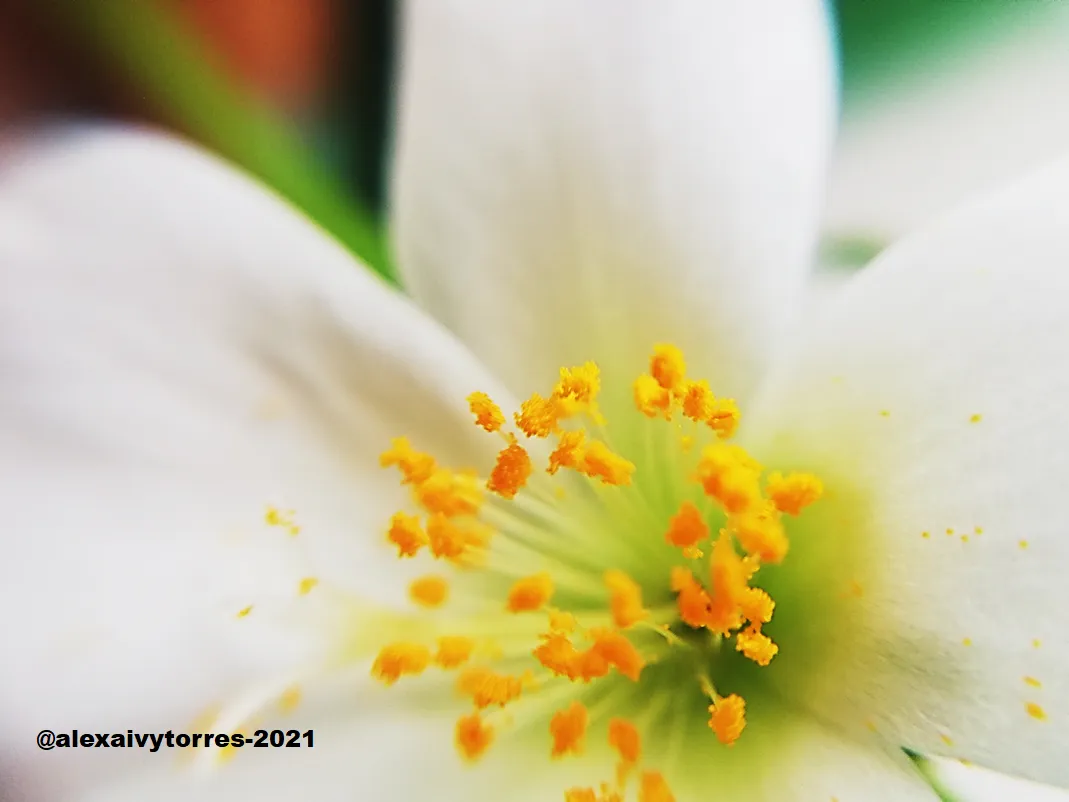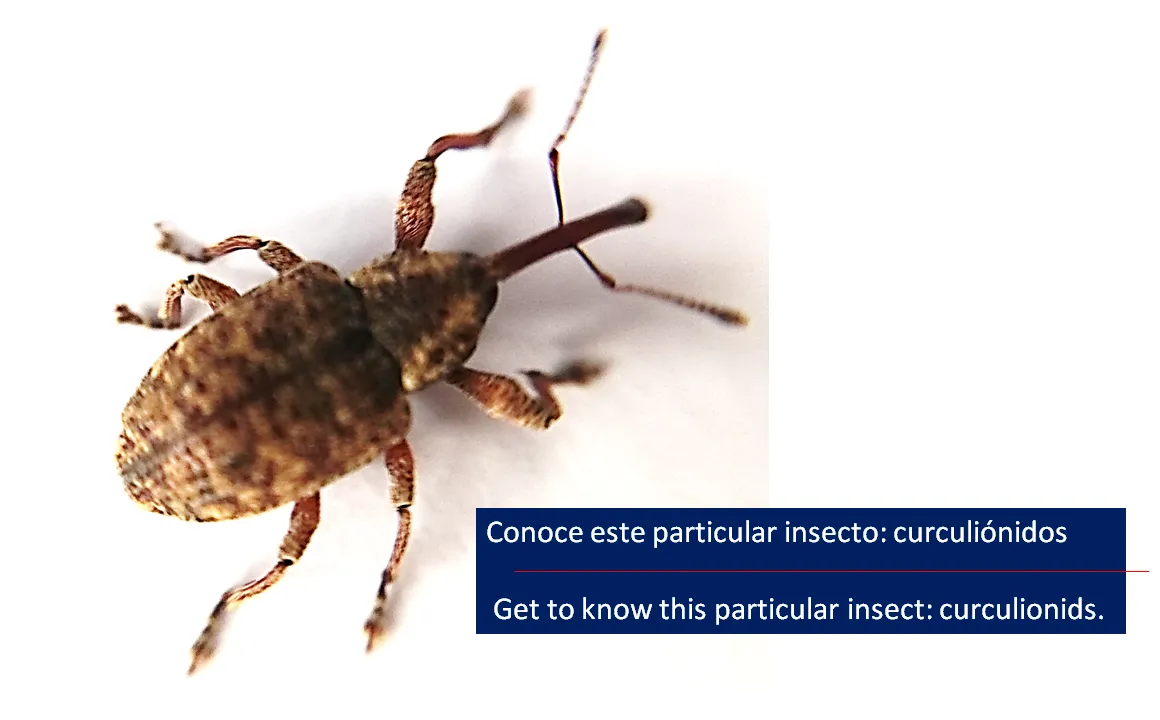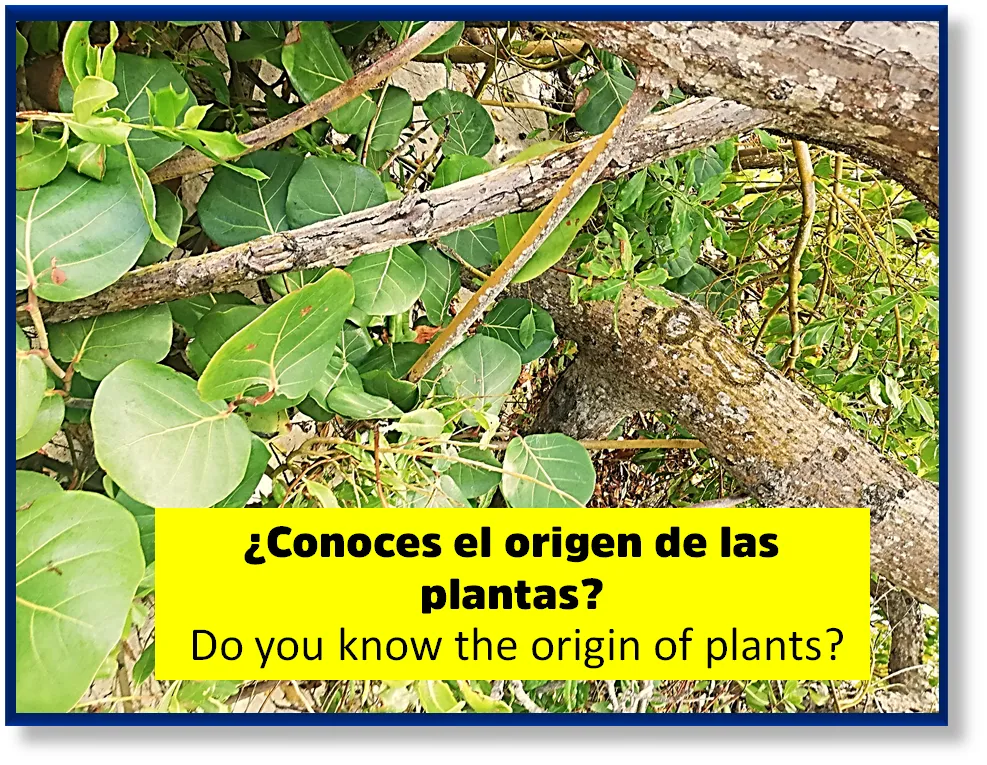
La vida es verdaderamente un milagro, y es que cuando sabes todos los procesos que se debieron ejecutar llegamos realmente a sorprendernos. Desde el Big bang fueron reaccionando los primeros elementos químicos, que por procesos físicos llegaron a formar moléculas, todo esto bajo una atmosfera oxidativa, pues de lo contrario no hubiese sido posible ¿Y por qué oxidante? ¿alguna vez has dejado una manzana partida mucho tiempo en algún sitio? Seguramente sí, y pudiste notar como se oscureció u oxidó… lo mismo hubiese ocurrido con la existencia.
Life is truly a miracle, and when you know all the processes that must have been executed we are really surprised. From the Big bang the first chemical elements were reacting, which by physical processes came to form molecules, all this under an oxidative atmosphere, otherwise it would not have been possible. And why oxidizing? Have you ever left an apple split for a long time somewhere? Surely yes, and you could notice how it darkened or oxidized... the same would have happened with the existence.

De esas reacciones nacen los coacervados, esos que Oparin llamó protobiontes y cuya postura está aún vigente. Estos de alguna forma, se organizaron para crear las células, que como todos saben son las unidades biológicas, tal como lo asegura con evidencias la conocida Teoría celular. Entre los primeros seres, evolucionaron unos que fueron capaces de capturar la luz solar y generar sus propios recursos, incluso iniciar una verdadera cadena alimenticia.
From these reactions the coacervates were born, those that Oparin called protobionts and whose position is still valid. These somehow organized themselves to create cells, which as everyone knows are the biological units, as evidenced by the well-known Cell Theory. Among the first beings, some evolved that were able to capture sunlight and generate their own resources, even initiating a real food chain.
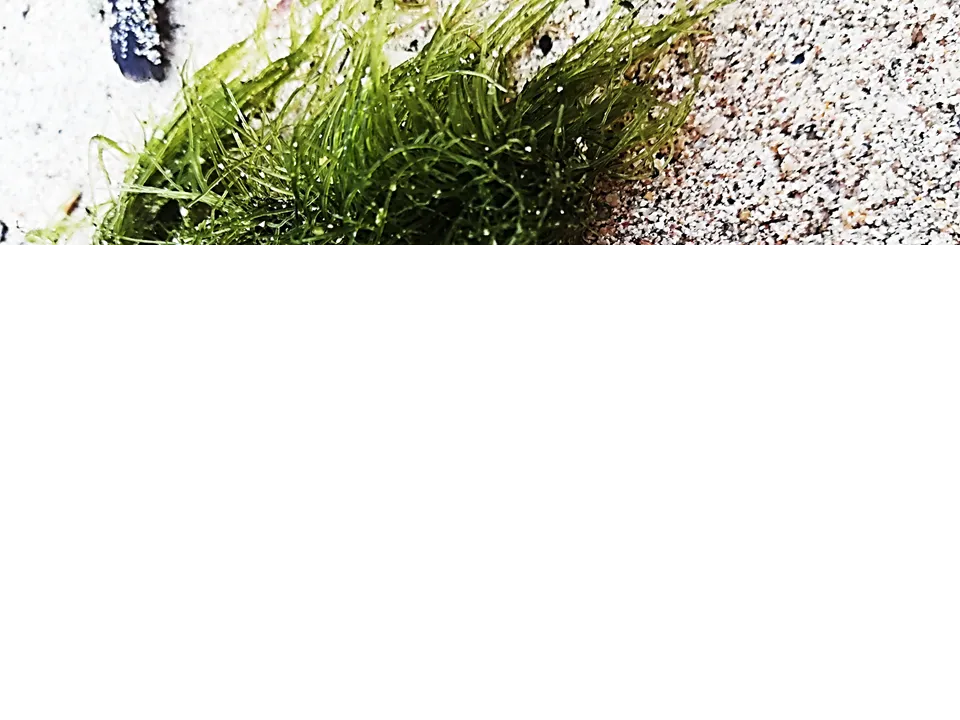
Estos seres, ahora llamados autótrofos, pueden ser organismos unicelulares y pluricelulares, lo que quiere decir que diversas células llegaron a agruparse para especializarse en alguna función. Allí nacen, en el agua, y las algas son el más vivo ejemplo. Por eso, cuando voy al mar y veo como las personas las sacan de su hábitat o las ven asquerosas, suelo confrontarme con su valor al planeta… por eso, enseñar ciencia te hace valorar y respetar a cualquier individuo del planeta.
These beings, now called autotrophs, can be unicellular and multicellular organisms, which means that several cells came to group together to specialize in some function. They are born there, in the water, and algae are the most vivid example. That's why, when I go to the sea and I see how people take them out of their habitat or see them as disgusting, I am often confronted with their value to the planet... that's why teaching science makes you value and respect any individual on the planet.
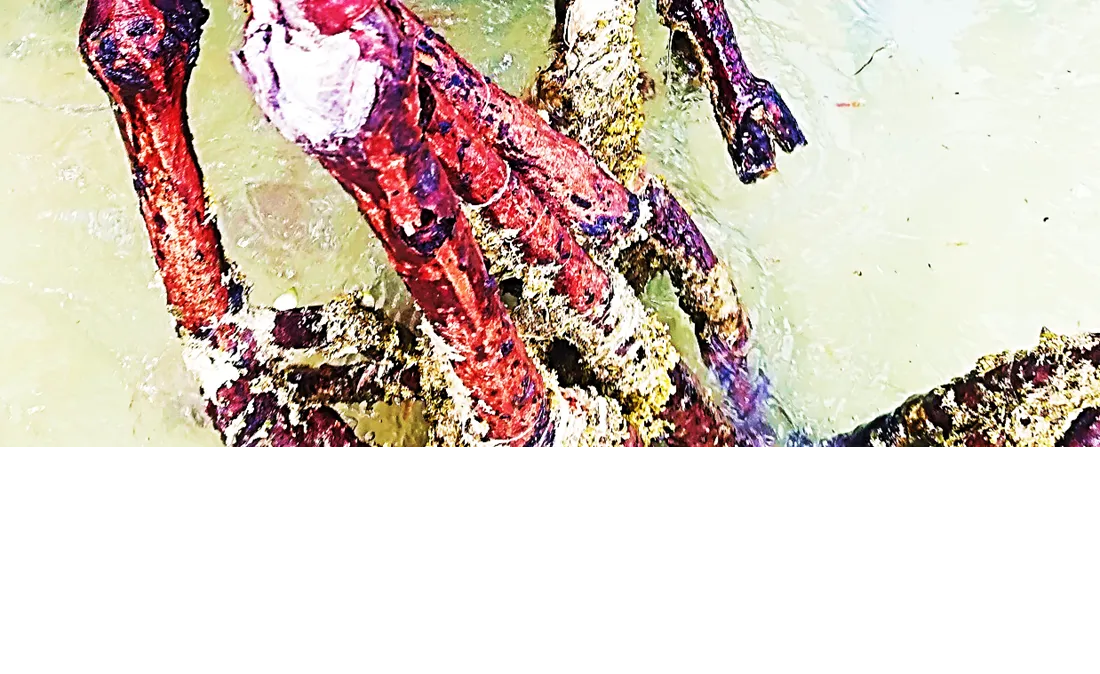
De alguna manera, uno de esos organismos vegetales pluricelulares quedaron en una zona intermareal, y se generaron procesos que adaptaron ciertas estructuras para llegar a la litosfera o lo que llamamos “Vida terrestre” Cabe mencionar que, sin los cloroplastos ¡Nada hubiese sido posible! Pues estos contienen esa clorofila, que se activa para generar importantes reacciones que se traducen en oxígeno y nutrientes ¡Importantes para nosotros!
Somehow, one of those multicellular plant organisms remained in an intertidal zone, and processes were generated that adapted certain structures to reach the lithosphere or what we call "terrestrial life" It is worth mentioning that without chloroplasts nothing would have been possible! Because they contain that chlorophyll, which is activated to generate important reactions that translate into oxygen and nutrients, important for us!
Y hace 1.4 millones de años ¡Lo lograron! Una verdadera lucha por la existencia, y es que es digna de aplaudir, pues la presencia de las plantas logró cambiar las condiciones atmosféricas que hoy permiten que estemos vivos. Los primeros vegetales terrestres, a pesar de que aún no lograron separarse completamente del agua, tienen estructuras parecidas a raíces, tallos y hojas y ya muestran una reproducción sexual.
And 1.4 million years ago they did it! A real struggle for existence, and it is to be applauded, because the presence of plants managed to change the atmospheric conditions that allow us to be alive today. The first terrestrial plants, although they have not yet managed to separate completely from water, have structures similar to roots, stems and leaves and already show sexual reproduction.
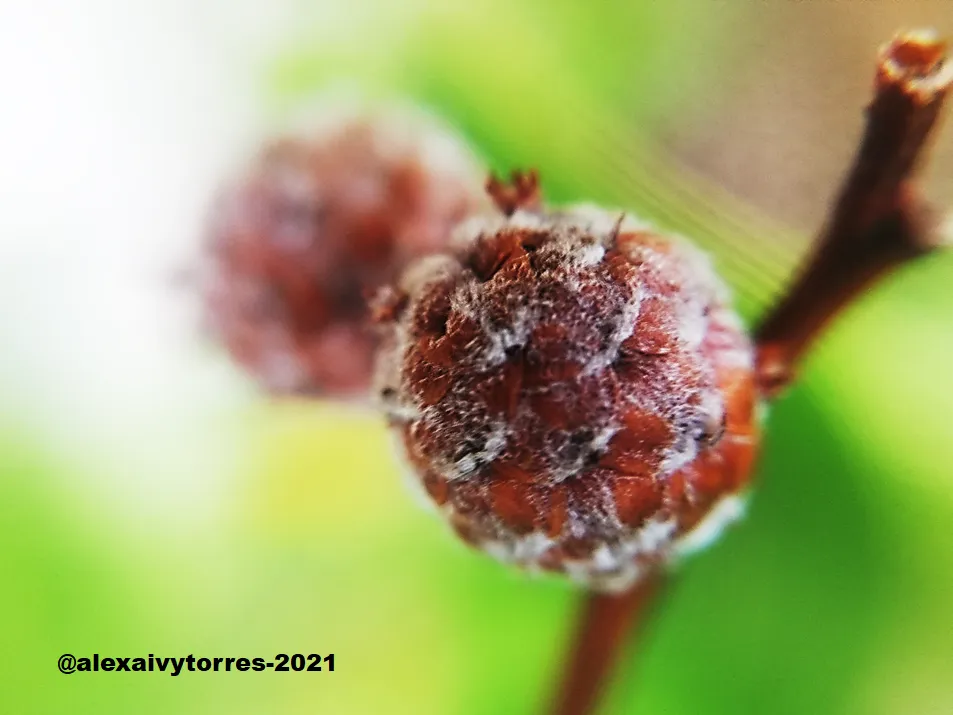
Un grupo mayor, las cormófitas, lograron establecerse aún más y entre ellas están las magnoliophytas. Estas hermosas plantas tienen verdaderos y organizados órganos que incluso son parte de nuestra alimentación y adornos para nuestros hogares. Las plantas son esos seres vivos que si llegasen a extinguirse se llevarían la vida con ella ¡Por eso hay que cuidarlas!
A larger group, the cormophytes, managed to become even more established and among them are the magnoliophytes. These beautiful plants have real and organized organs that are even part of our food and ornaments for our homes. Plants are those living beings that if they were to become extinct, they would take life with them. That is why we must take care of them!
